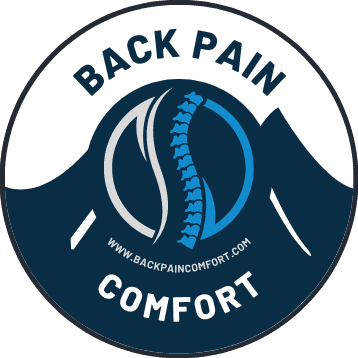
Have you ever wondered if there’s a different way to help your back pain besides taking medicine? Well, there’s something called Hijama that many people are talking about. Imagine it like a special kind of massage that has been used for a very long time, especially in Middle Eastern countries. Let’s take a journey to understand what Hijama is and if it can really help with back pain.
What is Hijama?
Hijama, also known as cupping therapy, is an ancient form of alternative medicine. It’s like getting a reverse massage. Instead of pressing down on your muscles, Hijama uses small cups that suck onto your skin, pulling it upwards. It sounds strange, but this method has been used for thousands of years. People believe it can help with lots of different health problems, not just back pain.
How Does Hijama Work?
Imagine putting a vacuum cleaner on your skin – that’s kind of how Hijama feels. The therapist places cups on your back and creates a vacuum inside them. This suction pulls your skin and muscles upwards. Some therapists also make tiny cuts on your skin before applying the cups, which is believed to release harmful substances from your body. It sounds a bit scary, but many people find it relaxing.
The Science Behind Hijama and Back Pain
Now, let’s talk about why people think Hijama can help with back pain. When the cups pull on your skin, it increases blood flow to that area. Think of it like watering a plant. When you water a plant, it gets the nutrients it needs to grow. Similarly, when more blood flows to your back, it brings more oxygen and nutrients that can help heal your muscles. Some studies suggest that Hijama can reduce inflammation. Inflammation is like your body’s fire alarm; it’s a signal that something is wrong. By reducing inflammation, Hijama might help in calming down the pain.

What Do People Say?
Numerous individuals who have undergone Hijama for back pain report remarkable improvements, experiencing enhanced relaxation and a notable reduction in discomfort. Nonetheless, it’s crucial to acknowledge that individual responses vary. A treatment that proves effective for one person may not yield the same results for another, highlighting the importance of considering personal differences in health responses.
Is Hijama Safe?
Hijama, when performed by a skilled professional, is typically safe, but like any therapeutic practice, it carries certain risks. The most frequent side effects include bruising and discomfort at the cupping sites. Therefore, it’s essential to seek treatment from a certified therapist, well-versed in the practice, to ensure safety and effectiveness, highlighting the importance of professional expertise in such alternative therapies.
Other Benefits of Hijama
Hijama offers potential benefits beyond alleviating back pain. It’s regarded as a versatile tool for overall well-being, with believers crediting it for reducing stress, enhancing skin health, and providing relief from headaches. This traditional therapy is celebrated for its multifaceted approach, addressing various physical and mental health issues, thereby positioning itself as a comprehensive wellness solution for the body.

Preparing for a Hijama Session
If you’re thinking of trying Hijama, you might wonder what happens during a session. First, the therapist talks to you about your health and what you’re hoping to get from the treatment. Then, you’ll lie down, and the therapist will place the cups on your back. These cups stay on your skin for a few minutes. You might feel a pulling sensation, but it shouldn’t hurt. After the session, you might see circular marks on your skin, but these usually go away after a few days.
Combining Hijama with Other Treatments
Hijama can be part of a bigger plan to manage back pain. It’s often combined with other treatments like physical therapy, exercise, and a healthy diet. Think of it as one piece of the puzzle in taking care of your back. It’s always good to have more tools in your toolbox, right?
Conclusion
In conclusion, Hijama, or cupping therapy, is like an ancient treasure that people are rediscovering. It might seem a bit unusual, but many find it helpful, especially for back pain. If you’re curious about trying it, make sure to find a skilled therapist. Remember, keeping an open mind and exploring different ways to take care of your health can lead to some amazing discoveries. Just like a treasure hunt, you never know what you might find!






